Dr. Ashish Sehgal
General & Laparoscopic Surgeon
MBBS, MS (Surgery)
Emergency Cases
+917056511111

Surgery
Surgical Care at Tulip Hospital provides a comprehensive guide to surgical procedures that are commonly performed at the hospital. It is intentionally limited to emergency and very common but serious problems. Surgical service is followed by clinical sections which include basic surgical procedures, the abdomen, breast, endocrine, minimally invasive procedures, MIPH & VAAFT, V.A.T.S., hepatobiliary, colorectal, Bariatric surgeries, Hernia surgeries, gastric, trauma and emergency obstetrics, resuscitation and anesthesia, acute trauma management, and orthopedics.
The department is led by highly qualified and competent- surgeons with vast experience. The department provides treatment for a full range of general surgery problems.
Some of The Most Common Surgeries Done are
- Appendectomy. An appendectomy is removing the appendix. The appendix is a small structure shaped like a tube that branches off the large intestine. This surgery is done to treat appendicitis. Appendicitis is the acute inflammation of the appendix because of infection.
- Breast biopsy. A biopsy is a test used to help diagnose cancer. The surgeon removes a small sample of tissue or cells. The sample is looked at under a microscope. This procedure is also used to remove abnormal breast tissue. A biopsy may be done using a hollow needle to remove tissue (needle biopsy). Or the surgeon may remove some or all of a lump (lumpectomy). This may be done to look for cancer or done as treatment.
- Cesarean section. Cesarean section, or c-section, is delivering a baby by making an incision through the mother’s abdomen and uterus. This procedure is done when doctors decide that it is a safer way to deliver the baby than a vaginal delivery.
- Cholecystectomy. A cholecystectomy is surgery to remove the gallbladder. The gallbladder is a pear-shaped sac near the right lobe of the liver. The gallbladder holds bile. A gallbladder may need to be removed if it collects gallstones. It may also be removed if it is infected or becomes cancer.
- Debridement of wound, burn, or infection. Debridement involves removing foreign material from a wound or burn. Or it may involve removing dead, damaged, or infected tissue from a wound or burn. After the tissue is removed, healthy tissue can heal more quickly.
- Hysteroscopy. Hysteroscopy is a procedure used to help diagnose and treat many uterine disorders. The hysteroscope is a tool to help the healthcare provider see the canal of the cervix and the inside of the uterus. The tool sends images of the area to a computer monitor.
- Inguinal hernia repair. Inguinal hernias are when the small intestine bulges through a weak area in the lower abdominal muscles. An inguinal hernia occurs in the groin. This surgery repairs the intestine by pulling it back to its original place and fixing the problem in the abdominal wall.
- Low back pain surgery. Low back pain can have many causes. These include abnormal backbone structure, stress on the back, injury, or a physical disorder that affects the bones of the spine. Surgery is usually not considered until other treatment has been tried. Other treatment includes rest, medicine, and mild exercise. The type of surgery done on the back depends what back problem you have.
- Tonsillectomy. A tonsillectomy is removing of one or both tonsils. Your tonsils are at the back of the mouth. They help fight infections.

With access to
24 Hour
Emergency
Assistance
Get the best medical treatment & consultation from the best doctors at Tulip Hospital.





